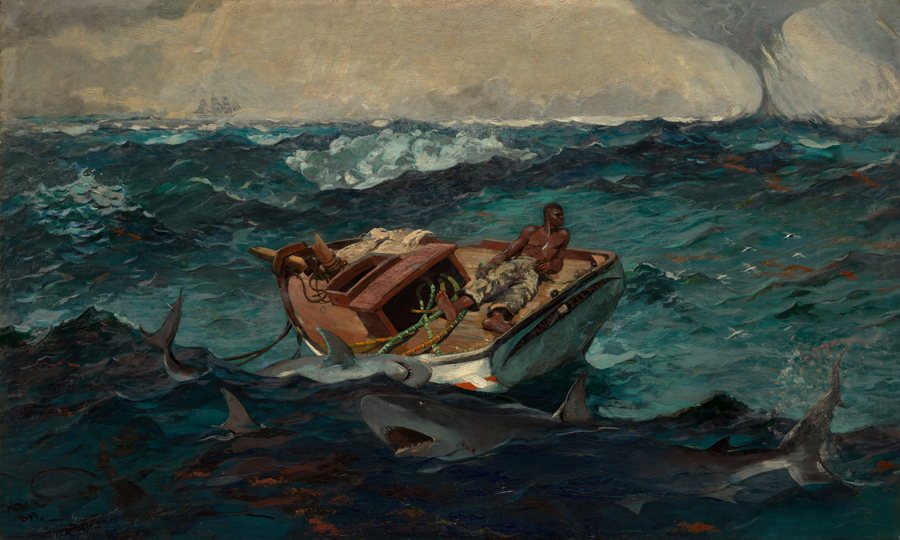An Hour For the Arts
A SAAC Study Series with Gay Bechtelheimer
Artist and educator Gay Bechtelheimer will return to the SAAC stage with a new fall series of “An Hour for the Arts” lectures. Please join us for a brief reception, followed by an entertaining dive into the context, characters, and culture of a variety of art movements.

The Gulf Stream, The Metropolitan Museum of Art, Catharine Lorillard Wolfe Collection, Wolfe Fund, 1906
Reservation Required • Complete the Form Below or Call 870-862-5474
Thursday Evenings at 6:30 p.m.
Wine, Beer, and a Snack
January 19th, Winslow Homer
Join Gay as she surveys the events and influencers, the associated artists, and the art historical movements it inspired.
The evening of January 19 will be a special night at SAAC with the focus of Gay Bechtelheimer’s art talk on the American artist Winslow Homer. With his resolute independence and spirit of originality, he is considered one of the most important painters of the nineteenth century. His work figured importantly in developing an American artistic sensibility that was a source of influence for those of his own time and into the 20th century, particularly among artists who did not pursue European inspired trends and sought a distinctly American vision for their work.
“We are excited to offer a fun and creative activity to say thank you to our membership. By offering the lecture series free of charge, we hope to remind our members just what a wonderful community SAAC is, and how much their support means.” Laura Allen